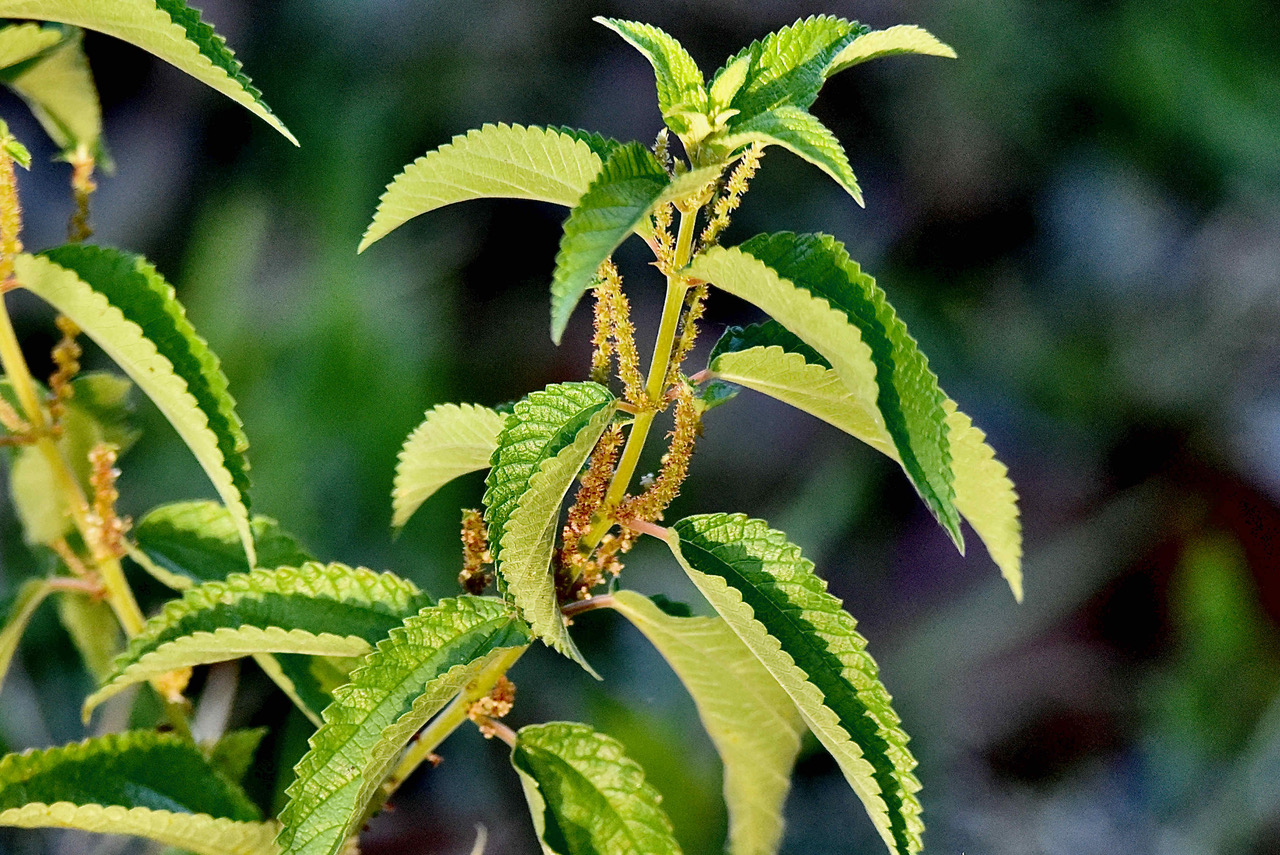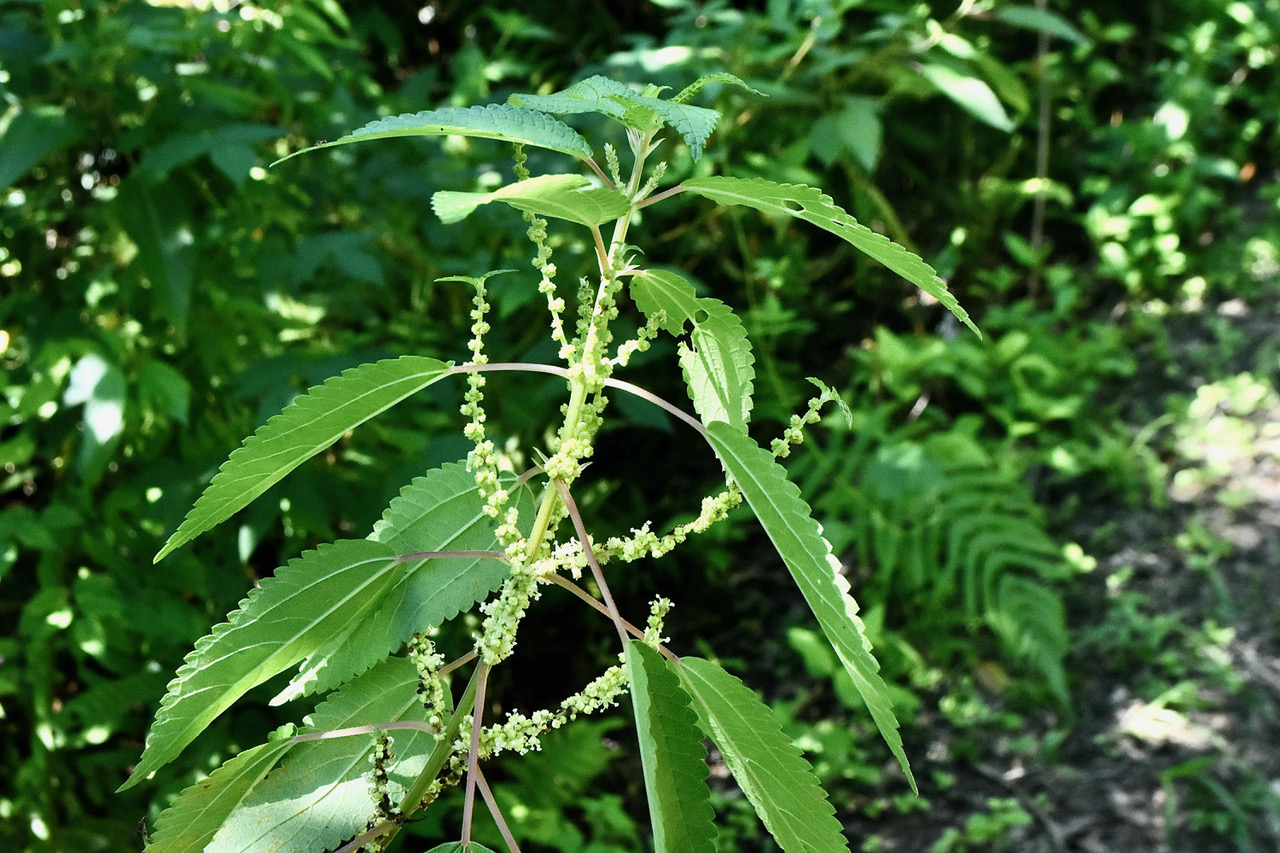
False nettle, photographed at Lake Ida Park West, Delray Beach, Palm Beach County, in May 2021.
Despite the name, false nettle, Boehmeria cylindrica, is a member of the nettle family. It lacks the short, stinging hairs that are the hallmark of most members of the nettle family, and that's the inspiration for the name. Unfortunately false nettle also lacks the nutritional value that stinging nettles typically offer.
So what does false nettle offer us humans? It’s easy to grow, has some interesting looks and attracts a few beautiful butterflies, including the red admiral.
False nettle is a Florida native, found throughout almost all of Florida. It’s been “vouchered” or scientifically verified as present in 62 of the state’s 67 counties. Among the counties where it’s apparently absent: Martin and St. Lucie.
It’s also found through most of eastern and central United States and a few western states as well, including Utah and Arizona. Its range includes parts of Canada. False nettle is native to Bermuda, the Caribbean, Central America and South America.
False nettle is a short-lived perennial that grows about two to three feet tall. It’s usually unbranched; leaves are aligned alternately along the stem. The leaves are sort of shaped like a top, broad near the base and tapering to a sharp point at the apex. They’re upwardly cupped and serrated along the edges.
False nettle is dioecious, meaning male and female flowers grow on separate plants. In both cases, the flowers are small, and an inconspicuous shade of yellow-green, scentless and wind pollinated. Flowers form on spikes called inflorescences that emerge at the leaf axils — the angle were a leaf forms on the stem.
It’s a plant that likes moist to wet conditions. It’s typically found in swamps, marshes, wet meadows, moist forests and ditches. It prefers light to moderate shade.
Note: There is, some say, a false nettle subspecies, B c var. drummondia, that looks slightly different than our guy and also takes to full sun, not shade. However, it is not recognized as such by the Integrated Taxonomic Information System, the arbitor of such things, or at least as close to one as exists.
As noted above, it lacks the stinging hairs that most nettles have. It also lacks any nutritional value for us human types that other nettles have. On the other hand, because it lacks those stinging hairs, it might be browse (feed) for animals, particularly mammals.
This isn’t to say false nettle has no value for us; it’s both a larval host and nectaring plant for red admiral butterfly and nectaring plant for the question mark butterfly. A few moths also use it. That makes it useful in butterfly gardens. The Institute for Regional Conservation says it can be used in restorations and natural landscapes.
Other common names include smallspike false nettle, bog hemp and button hemp. False nettle is a member of Urticaceae, the nettle family.



